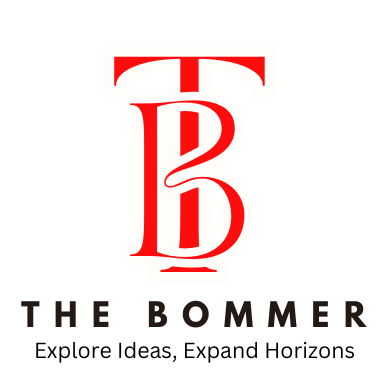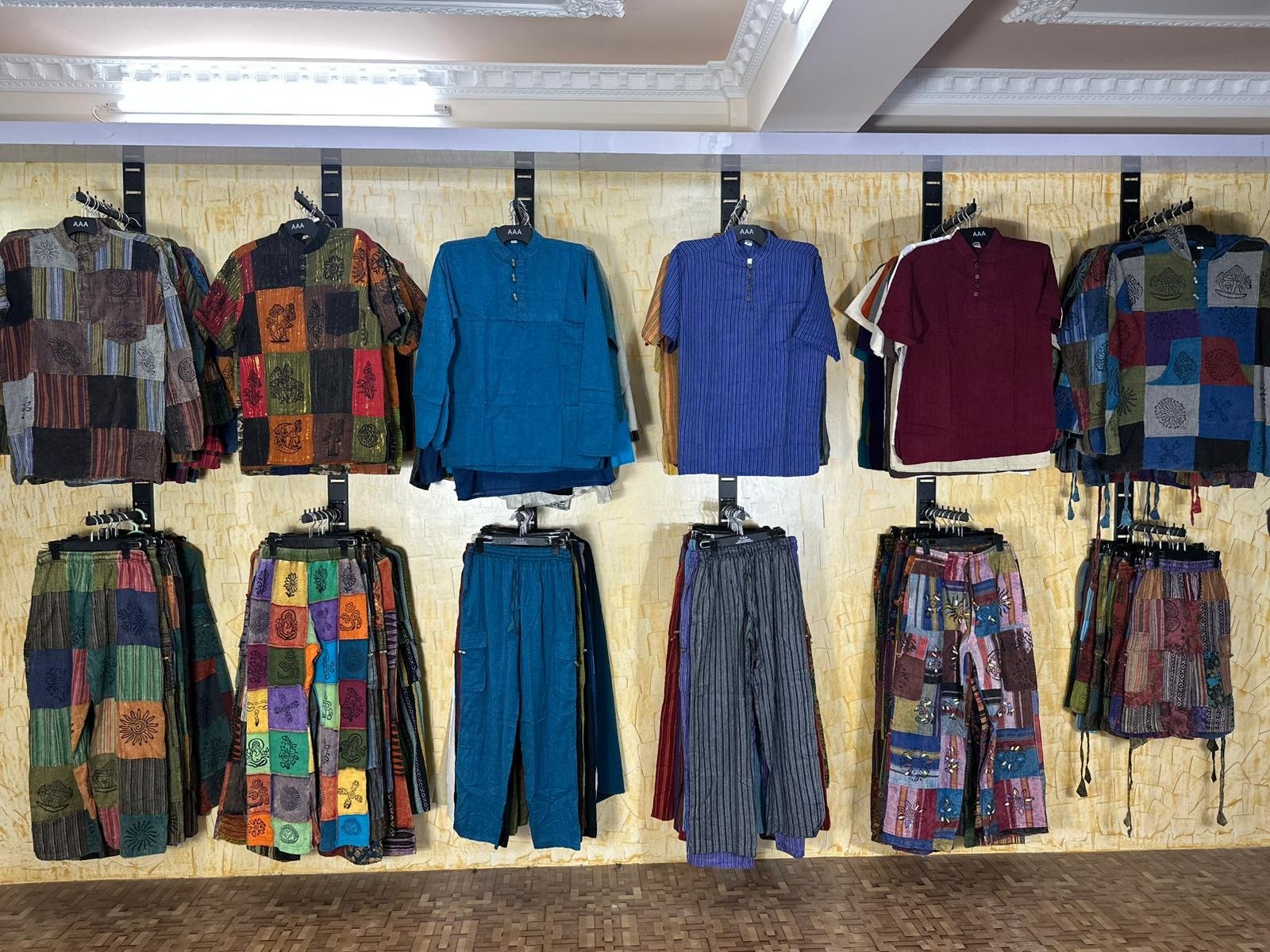The bohemian fashion movement has experienced remarkable growth over the past decade, with bohemian handbags emerging as one of the most sought-after accessories in the wholesale market. These distinctive pieces, characterized by their free-spirited aesthetic, artisanal craftsmanship, and eclectic designs, represent a lucrative opportunity for retailers, boutique owners, and fashion entrepreneurs looking to tap into the growing demand for authentic, culturally-inspired accessories.
Table of Contents
Understanding the Bohemian Handbag Market
The bohemian handbag wholesale market encompasses a diverse range of styles, materials, and cultural influences that appeal to fashion-conscious consumers seeking unique alternatives to mainstream accessories. These bags typically feature intricate embroidery, vibrant patterns, natural materials, and handcrafted details that reflect the bohemian lifestyle’s emphasis on artistic expression and cultural appreciation.
Market research indicates that the global handbag market continues to expand, with bohemian-style accessories capturing an increasingly significant share. This growth is driven by millennials and Generation Z consumers who prioritize authenticity, sustainability, and individual expression in their fashion choices. The wholesale segment benefits from this trend as retailers seek to differentiate their inventory with distinctive, eye-catching pieces that resonate with their target demographics.
Key Characteristics of Wholesale Bohemian Handbags
Successful bohemian handbags in the wholesale market share several distinctive characteristics that set them apart from conventional accessories. These features include the use of natural materials such as leather, canvas, hemp, and cotton, often combined with metallic accents, beadwork, or fringe details. Many wholesale suppliers source materials that reflect authentic cultural traditions, incorporating elements from Native American, Indian, Moroccan, and South American design traditions.
The color palettes typically embrace earth tones, jewel tones, and rich, saturated hues that complement the bohemian aesthetic. Patterns range from intricate geometric designs to flowing paisley motifs, often featuring hand-painted or embroidered elements that add unique character to each piece. Size variations are crucial in wholesale collections, with options ranging from small crossbody bags perfect for festivals and casual outings to larger tote-style bags suitable for everyday use.
Sourcing Strategies for Bohemian Handbags Wholesale
Effective sourcing is fundamental to success in the bohemian handbags wholesale business. Many successful wholesalers establish relationships with manufacturers in regions known for their traditional craftsmanship, including India, Thailand, Nepal, Guatemala, and Peru. These locations offer access to skilled artisans who can produce authentic, high-quality pieces at competitive wholesale prices.
When evaluating potential suppliers, consider factors such as production capacity, quality consistency, ethical manufacturing practices, and ability to meet delivery schedules. Many wholesalers find success working with suppliers who can provide customization options, allowing retailers to create exclusive designs or modify existing styles to better serve their specific customer base.
Digital platforms have revolutionized the wholesale sourcing process, with online marketplaces connecting buyers directly with manufacturers worldwide. However, establishing long-term relationships with reliable suppliers often requires in-person visits, trade show participation, and ongoing communication to ensure quality standards and delivery commitments are consistently met.
Popular Styles and Trends in Bohemian Wholesale Handbags
The bohemian handbag wholesale market encompasses numerous popular styles that cater to diverse consumer preferences. Fringe bags remain perennial favorites, with their movement and texture adding dynamic visual interest to any outfit. These styles work particularly well in crossbody and shoulder bag configurations, making them versatile options for retailers targeting younger demographics.
Embroidered handbags represent another strong category, with intricate threadwork creating stunning visual displays that showcase traditional craftsmanship. Many wholesale collections feature bags with floral motifs, geometric patterns, or cultural symbols that tell stories and create emotional connections with consumers.
Leather bohemian handbags appeal to customers seeking durability combined with bohemian style. These pieces often feature hand-tooled designs, distressed finishes, or unique hardware that creates an authentic, lived-in appearance. The leather category typically commands higher wholesale and retail prices, making it attractive for businesses focused on premium market segments.
Building Relationships with Wholesale Suppliers
Successful bohemian handbag wholesale businesses are built on strong supplier relationships that extend beyond simple transactional interactions. Developing these partnerships requires clear communication about quality expectations, delivery schedules, and pricing structures. Many wholesalers find that investing time in understanding their suppliers’ capabilities and limitations leads to better outcomes for both parties.
Regular communication helps identify potential issues before they impact inventory levels or quality standards. Establishing clear agreements regarding minimum order quantities, payment terms, and quality control procedures protects both buyers and suppliers while creating frameworks for long-term collaboration.
Consider diversifying your supplier base to reduce risk and access different design aesthetics. Working with multiple suppliers also provides flexibility to respond to changing market demands and seasonal fluctuations in consumer preferences.
Quality Control and Inventory Management
Maintaining consistent quality standards is crucial for success in the bohemian handbags wholesale market. Implement systematic quality control procedures that evaluate materials, construction quality, hardware functionality, and overall aesthetic appeal. Document quality standards and share them with suppliers to ensure everyone understands expectations.
Inventory management for bohemian handbags requires careful attention to seasonal trends, color preferences, and size distributions. Many successful wholesalers use data analytics to track which styles, colors, and sizes generate the strongest sales performance, using this information to optimize future orders and inventory investments.
Consider the storage requirements for bohemian handbags, as many feature delicate materials or embellishments that require careful handling and climate-controlled environments. Proper inventory management systems help track individual pieces and ensure first-in, first-out rotation to maintain product freshness and appeal.
Marketing and Sales Strategies for Wholesale Success
Effective marketing strategies for bohemian handbags wholesale businesses should emphasize the unique cultural heritage, artisanal craftsmanship, and authentic materials that differentiate these products from mass-produced alternatives. Social media platforms provide excellent opportunities to showcase the intricate details, cultural stories, and versatile styling options that make bohemian handbags appealing to end consumers.
Trade shows and fashion markets remain important venues for connecting with potential retail customers and showcasing new collections. These events allow buyers to examine products firsthand, understand construction quality, and develop relationships with wholesale representatives.
Digital marketing efforts should highlight the ethical sourcing practices, support for traditional artisans, and sustainable materials that many bohemian handbag producers emphasize. These values resonate strongly with target demographics and can justify premium pricing while building brand loyalty.
Pricing Strategies and Profit Margins
Successful pricing strategies in the bohemian handbags wholesale market must balance competitive positioning with adequate profit margins for both wholesalers and retailers. Research market pricing for comparable products while considering factors such as material quality, construction complexity, and brand positioning.
Many wholesalers find success with tiered pricing structures that offer volume discounts for larger orders while maintaining healthy margins on smaller purchases. This approach accommodates both established retailers with predictable buying patterns and smaller boutiques testing new product categories.
Consider the total cost of ownership when setting prices, including shipping, customs duties, storage, and marketing expenses. Factor in potential returns, warranty claims, and customer service costs to ensure pricing strategies remain profitable throughout the product lifecycle.
Conclusion
The bohemian handbags wholesale market presents compelling opportunities for entrepreneurs willing to invest in understanding cultural aesthetics, building strong supplier relationships, and developing effective marketing strategies. Success requires careful attention to quality control, inventory management, and customer relationships while maintaining respect for the cultural traditions that inspire these beautiful accessories.
By focusing on authentic designs, ethical sourcing practices, and consistent quality standards, wholesale businesses can build sustainable operations that serve both retailers and end consumers effectively. The growing demand for unique, culturally-inspired fashion accessories suggests that the bohemian handbags wholesale market will continue expanding, rewarding businesses that establish strong foundations and adapt to evolving consumer preferences.
The key to long-term success lies in balancing commercial objectives with respect for traditional craftsmanship and cultural heritage, creating value for all stakeholders in the supply chain while delivering exceptional products that inspire and delight customers worldwide.




